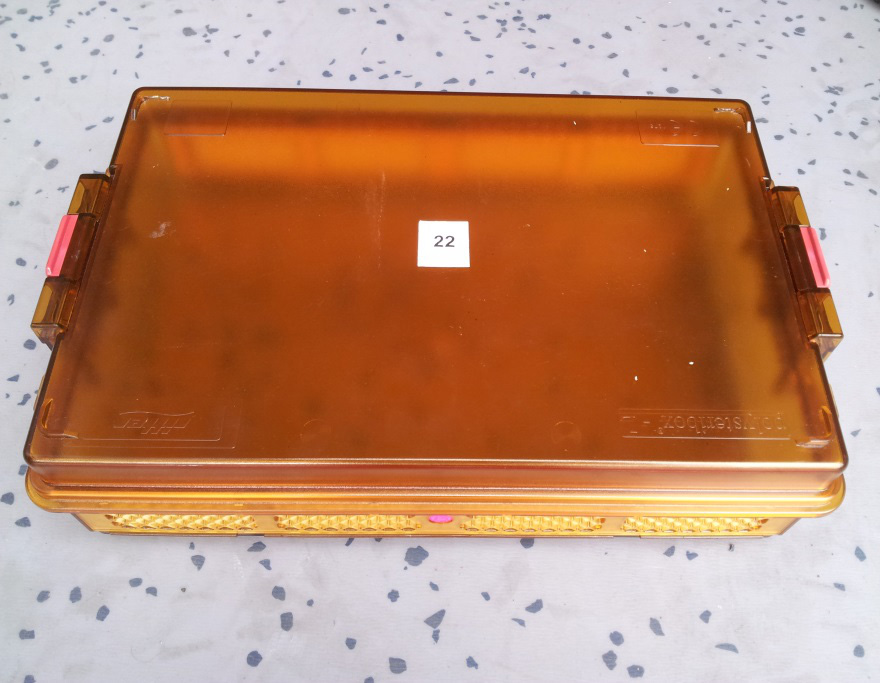PVDF
Polyvinylidene fluoride shows a higher tensile strength, pressure resistance and dimensional stability than the related PTFE, but friction and insulation properties are lower. PVDF has a high mechanical strength and toughness at lower temperature and it’s self-extinguishing. The temperature ranges from -30 °C to +150 °C. PVDF shows a high resistance to chlorine, bromine and high-energy radiation.
Polyvinylidene fluoride shows a higher tensile strength, pressure resistance and dimensional stability than the related PTFE, but friction and insulation properties are lower. PVDF has a high mechanical strength and toughness at lower temperature and it’s self-extinguishing. The temperature ranges from -30 °C to +150 °C. PVDF shows a high resistance to chlorine, bromine and high-energy radiation.
- high tensile strength
- high mechanical strength
- high rigidity (also at low temperature)
- high chemical resistance
- very low water absorption
- good friction and wear and tear values
- self-extinguishing
- high UV–resistance
- toxic fumes when burned
- relatively high coefficient of thermal expansion
Gaskets, pumps, rotation discs, valves, flap traps, centrifugals of extraction, fittings, glide tracks, cogwheels.
PVDF with improved electronical conductivity. .
Volume resistivity ≤ 104 Ω x cm
Surface resistivity ≤ 104 Ω

